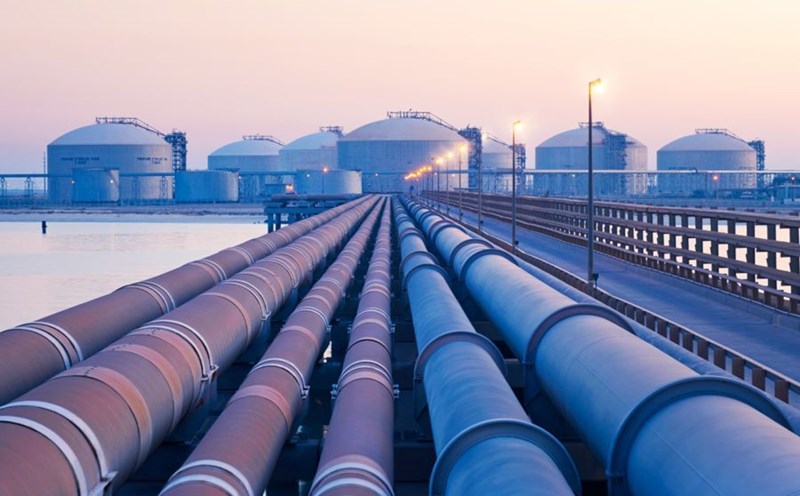According to the storm forecast from AccuWeather, one of the earliest forecasting organizations, this year could see 13 to 18 named storms, of which 7 to 10 are likely to become strong storms, and 3-5 may reach level 3 or higher on the Saffir-Simpson scale, which is a super typhoon with great destructive power.
"Like last year, the northern and eastern coastal areas of the Gulf of Mexico, along with the Carolina, continue to face a higher-than-average risk," warned Alex DaSilva, chief of AccuWeather's hurricane forecasting team.
Meanwhile, the meteorological research team of Colorado State University (CSU) also gave an equivalent figure: 17 storms, with 9 likely to become strong storms. The common point in both forecasts is: unusually warm sea surface temperatures - a key factor that makes this year's hurricane season more dangerous.
North Carolina State University - the unit that builds the forecast model based on 100-year data - has a slightly lower forecast, with 12 - 15 named storms, of which 6-8 can become strong storms, and 2-3 can be super typhoons.
However, despite differences in numbers, models agree that warm seas and warm water are ideal fuel for the sudden strengthening of storms, also known as "rapid intensification".
Another important climate factor is the ENSO cycle, which was suspended in March. This summer is expected to be neutral, meaning there are no factors that hinder Atlantic hurricane formation.
El Nino often weakens storms, but its absence this summer creates more favorable conditions for storms to form and strengthen.
What makes experts most concerned is that the sea temperatures have not only warmed but have been warming for the past 2 years, not only in the Atlantic but also in the Gulf of Mexico - creating perfect conditions for super typhoons to appear.
A typical example is Hurricane Helene in 2024. From a tropical depression, Helene accelerated to a Category 4 super typhoon in just two days before making landfall in Florida. The water surface temperature at that time was 29.4 degrees Celsius - equivalent to a hot bath.

Not only that, warm water also contains a lot of moisture, leading to extremely heavy rain when the storm makes landfall. That same year, Helene brought up to 12 inches of rain to the mountainous areas of western North Carolina, causing severe flash flooding.
Last year, 18 named storms formed, of which 11 strengthened into major storms, including notable storms such as Beryl, Milton and especially Helene.
In total, more than 400 people have died in the 2024 hurricane season, making it the deadliest hurricane season in the US since 2005. Helene alone claimed at least 241 lives, becoming the single deadliest hurricane on the U.S. continental list since Hurricane Katrina.
In terms of economic damage, the 2024 hurricane season is the third costliest in US history, behind only 2017 and 2005.
The 2025 Atlantic hurricane season, which runs from June 1 to November 30, will begin with Andrea.
Regarding storms in the East Sea, according to the Vietnam National Center for Hydro-Meteorological Forecasting, there is a possibility of a tropical cyclone (ie a storm or tropical depression) in May. According to the average data of many years, there were about 0.5 storms in the East Sea in May.









